
Glycolysis - Medical Science
Q1: A kinase is an enzyme thatA removes phosphate groups of substrates
B uses ATP to add a phosphate group to the substrate
C uses NADH to change the oxidation state of the substrate
D removes water from a double bond
ANS:B - uses ATP to add a phosphate group to the substrate In fact kinases EXCHANGES (rather than adding) phosphate group from one high energy phosphate substrate to another low energy substrate. |


For help Students Orientation
Mcqs Questions
One stop destination for examination, preparation, recruitment, and more. Specially designed online test to solve all your preparation worries. Go wherever you want to and practice whenever you want, using the online test platform.

